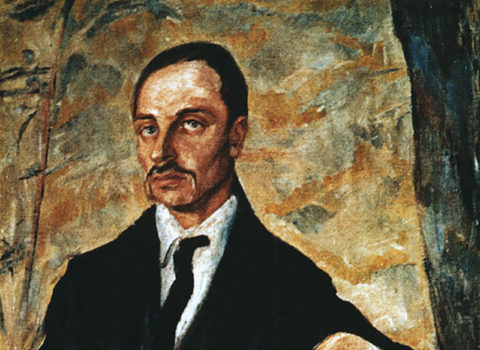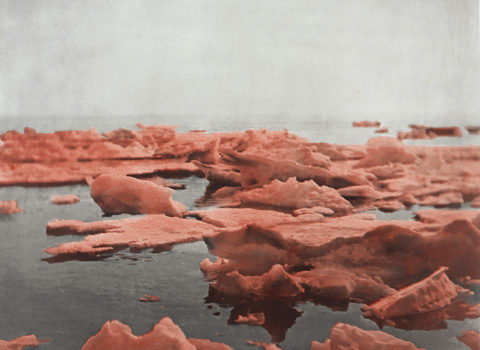Spreading Fires During the Great Kanto Earthquake, a newspaper illustration of the 1855 earthquake in Edo, Japan. Courtesy Special Collections, Tokyo Metropolitan Central Library
A metropolis can transform, and even die, with little warning. Alone in an apartment in an unnaturally stilled New York City, I found it eerie to read about Tsuneno, a woman from Japan’s provinces who settled in the administrative capital, Edo, and died, aged forty-nine, in 1853, not long before the city began to collapse. Late in STRANGER IN THE SHOGUN’S CITY (Scribner, $28), the historian Amy Stanley describes how Edo…


































































































